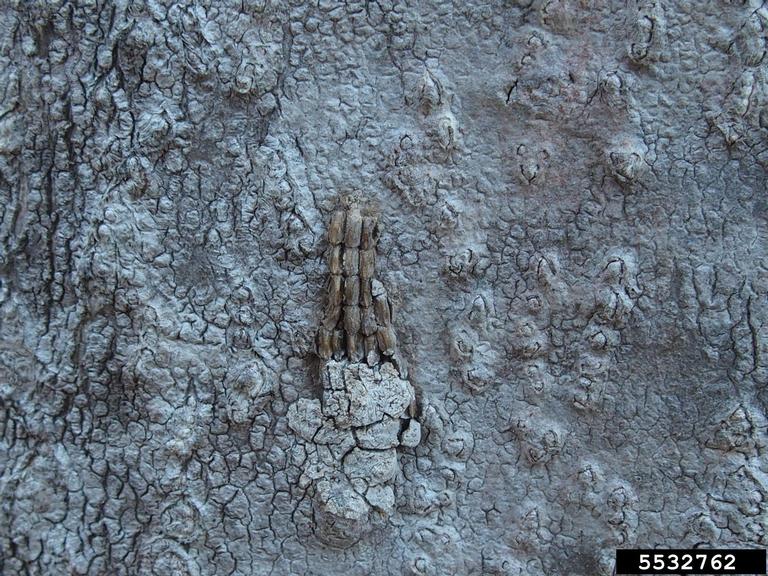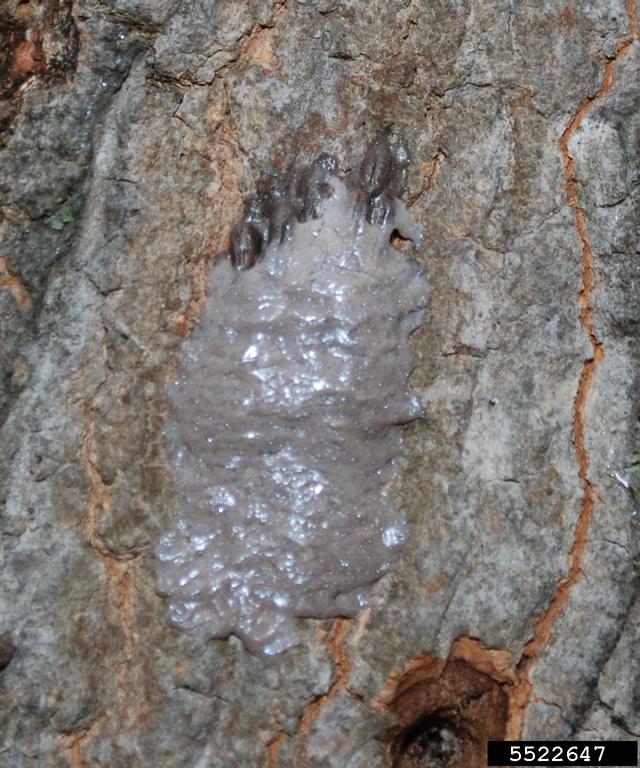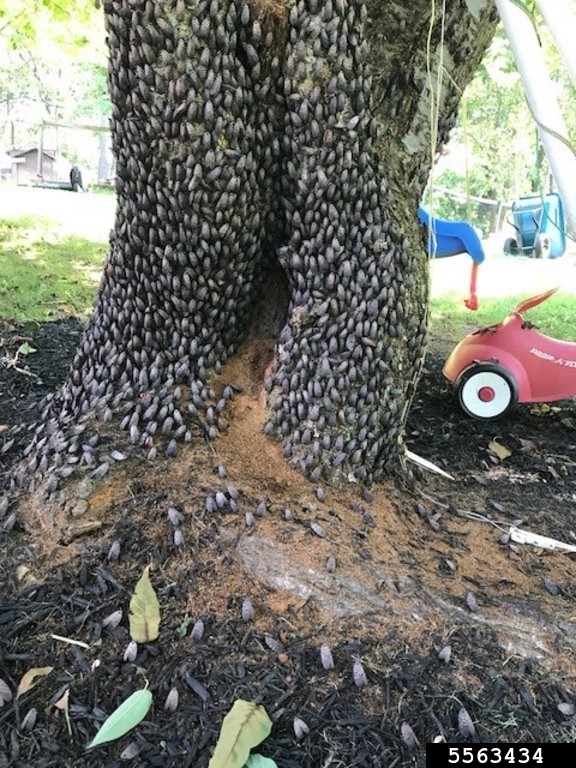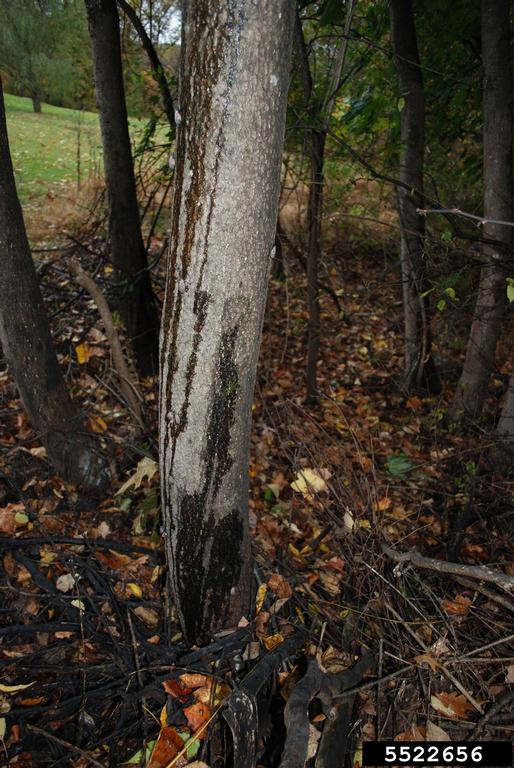Long post ahead with MANY pictures.
If you follow along on this blog, you know that I love to report on sightings from my evening walks. Lately, a tree species has been standing out to me. The pictures below are of Tree-of-Heaven that I found on my walk last night; within a 0.25 mile trail from my door. A rather short walk to see so many invasives, especially of the same species.
Here’s a mature tree.
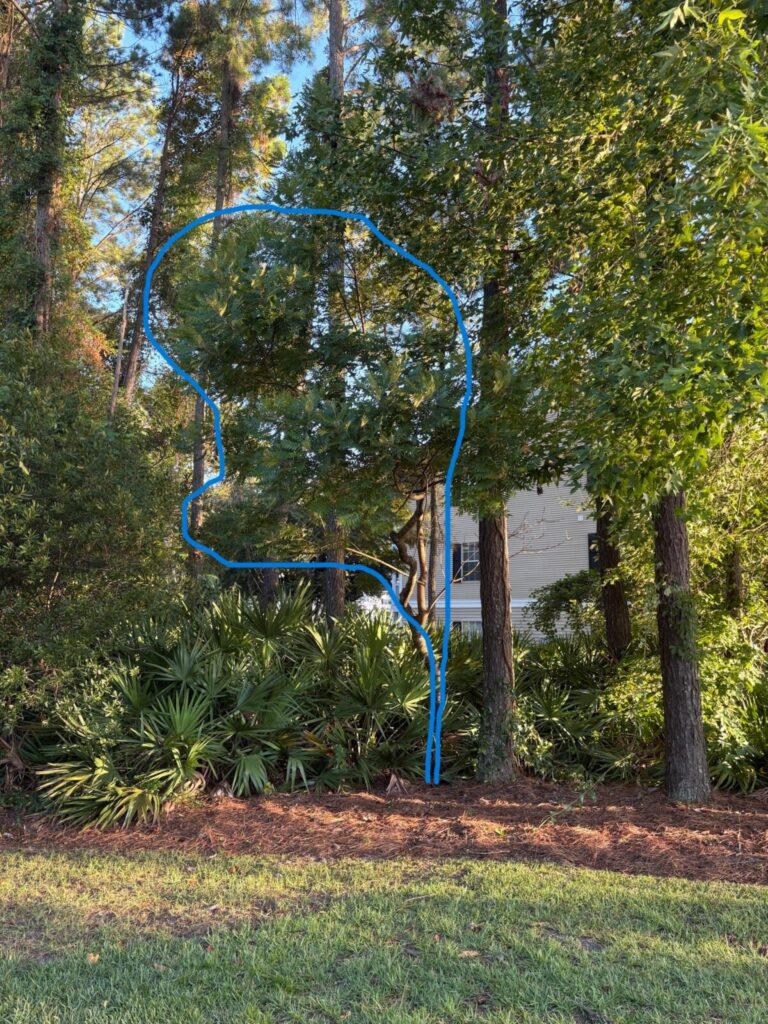
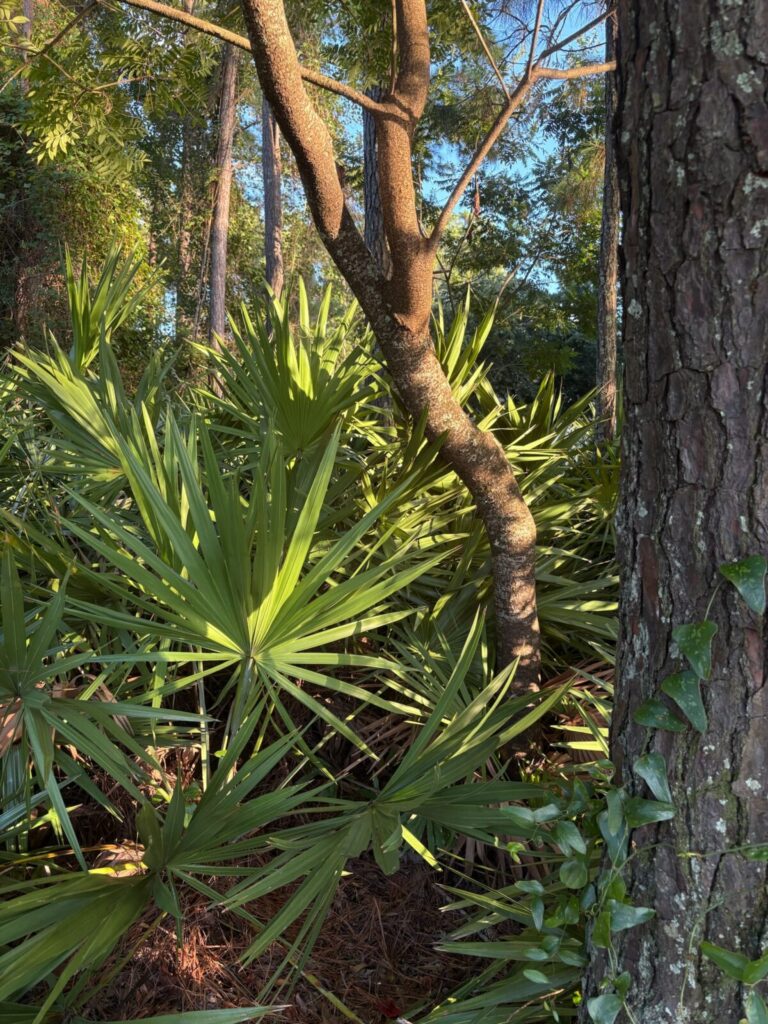
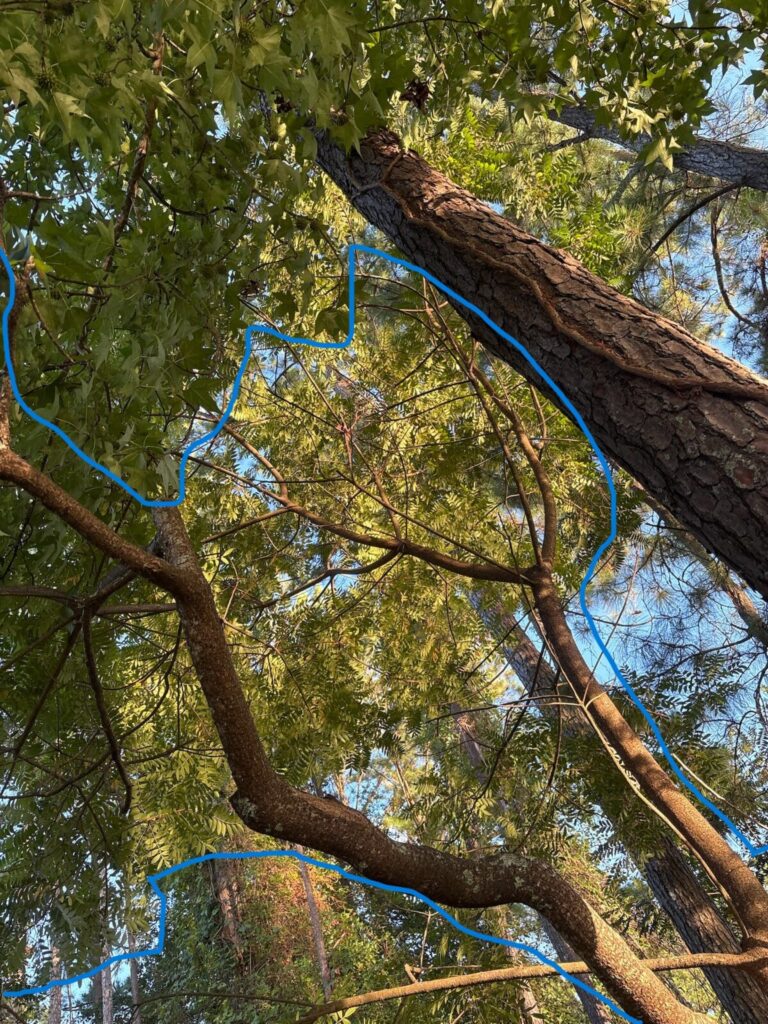
and another, young tree
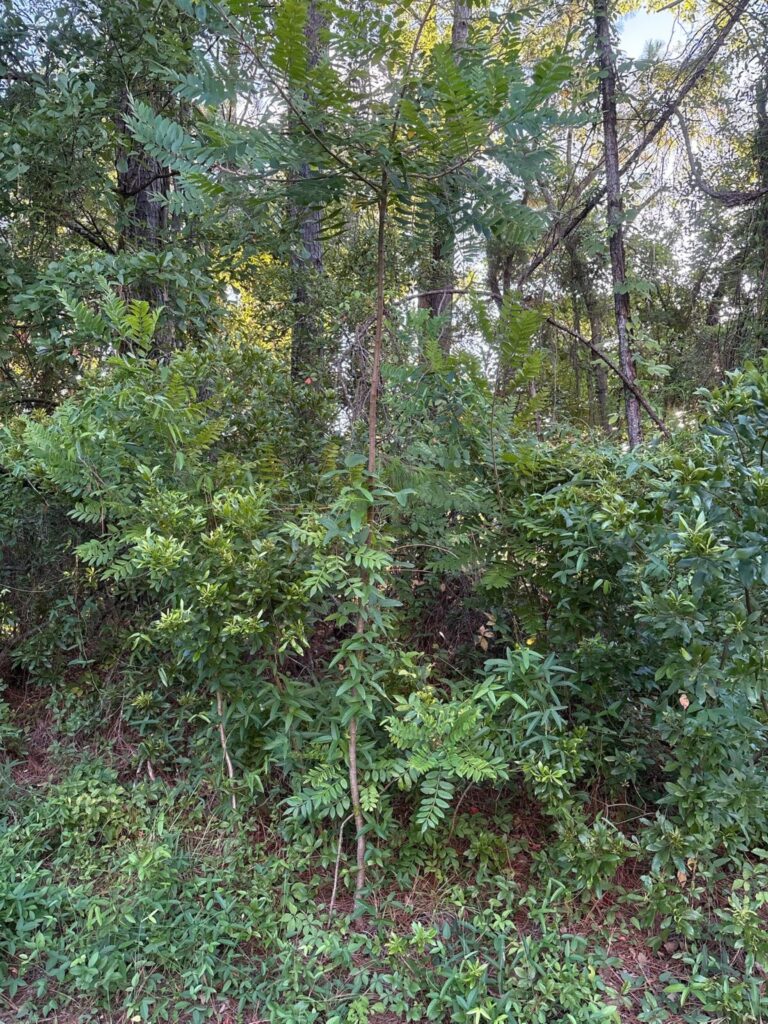
and this young tree
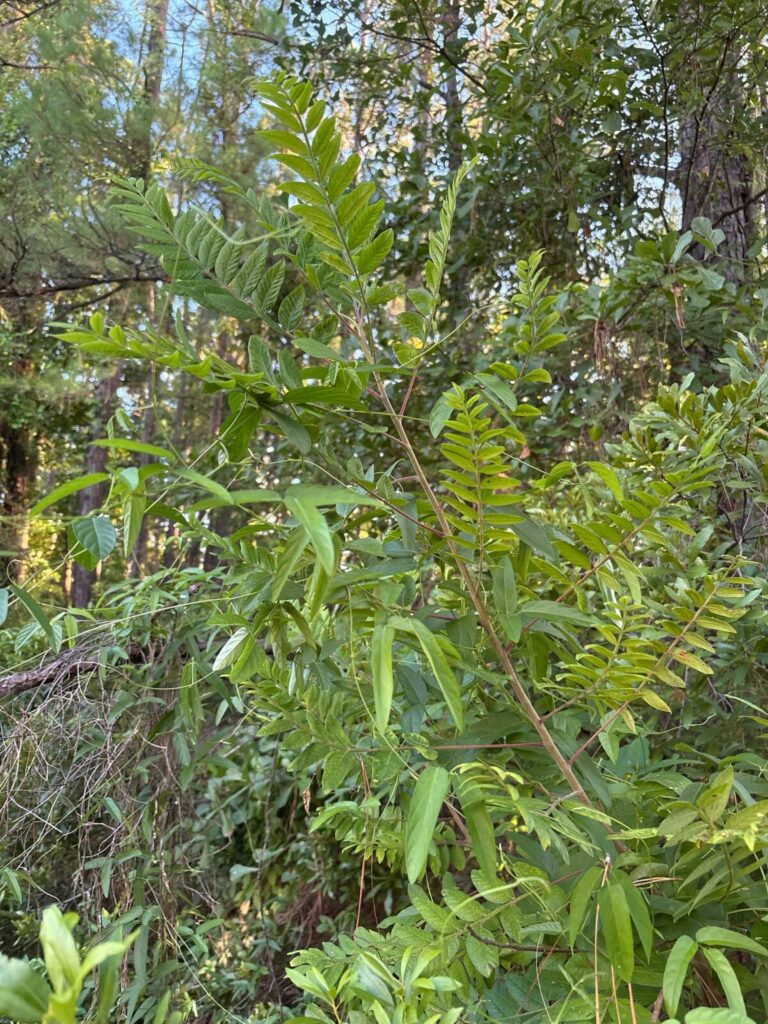
and another
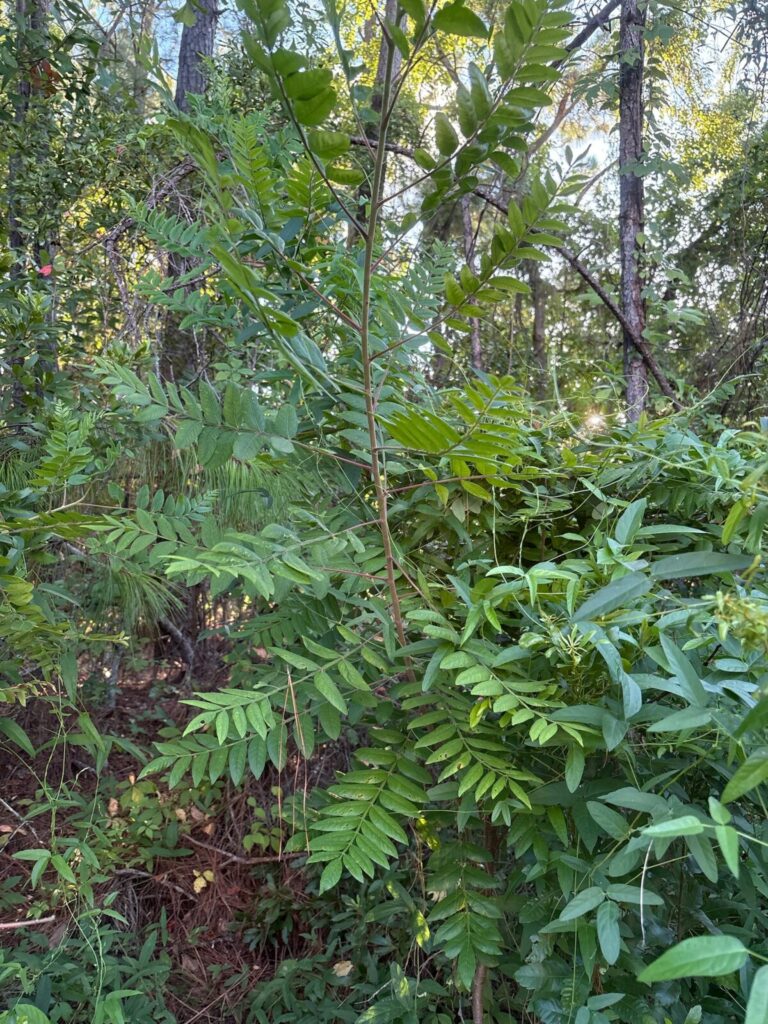
and another
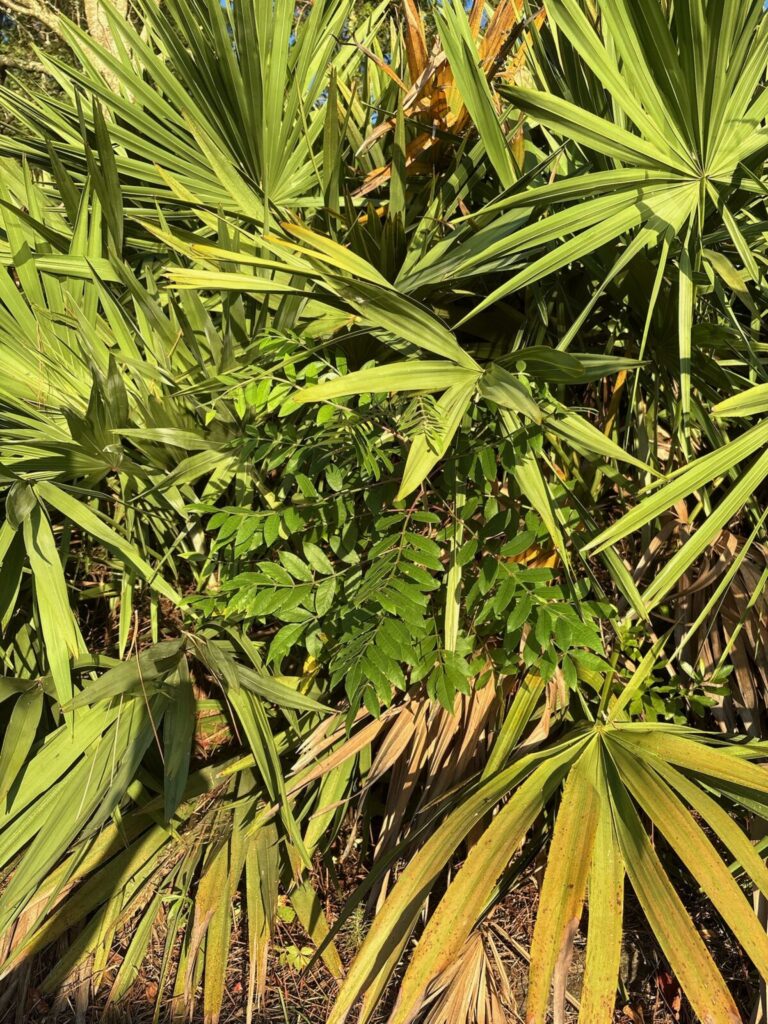
and more
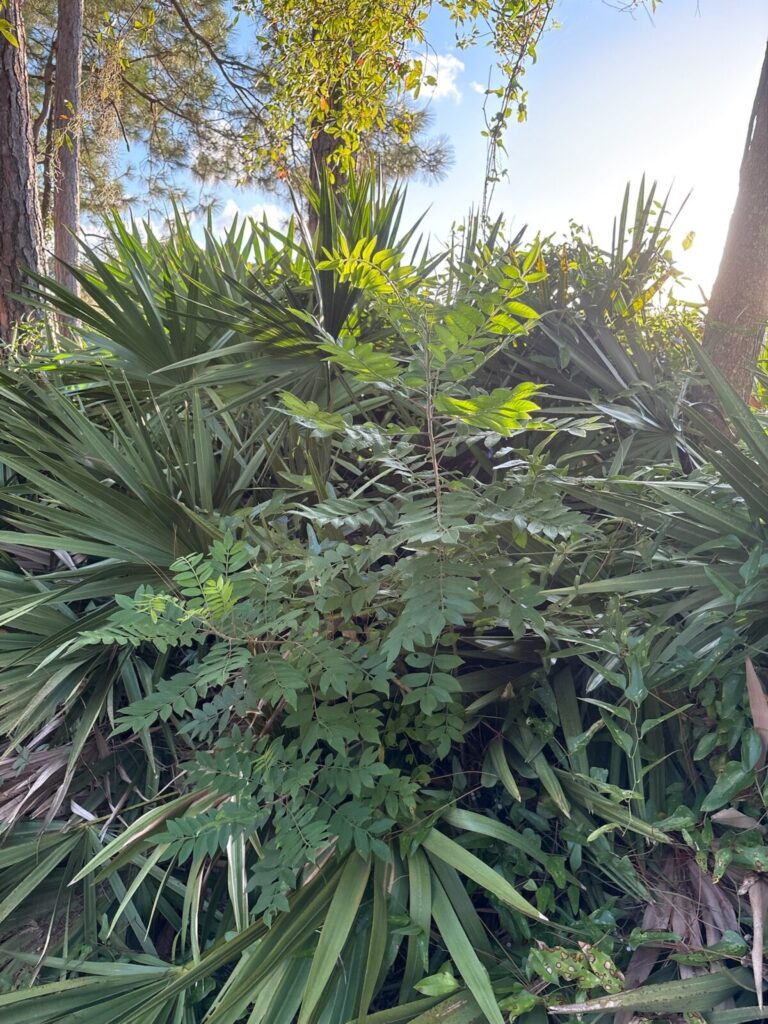
and MORE?
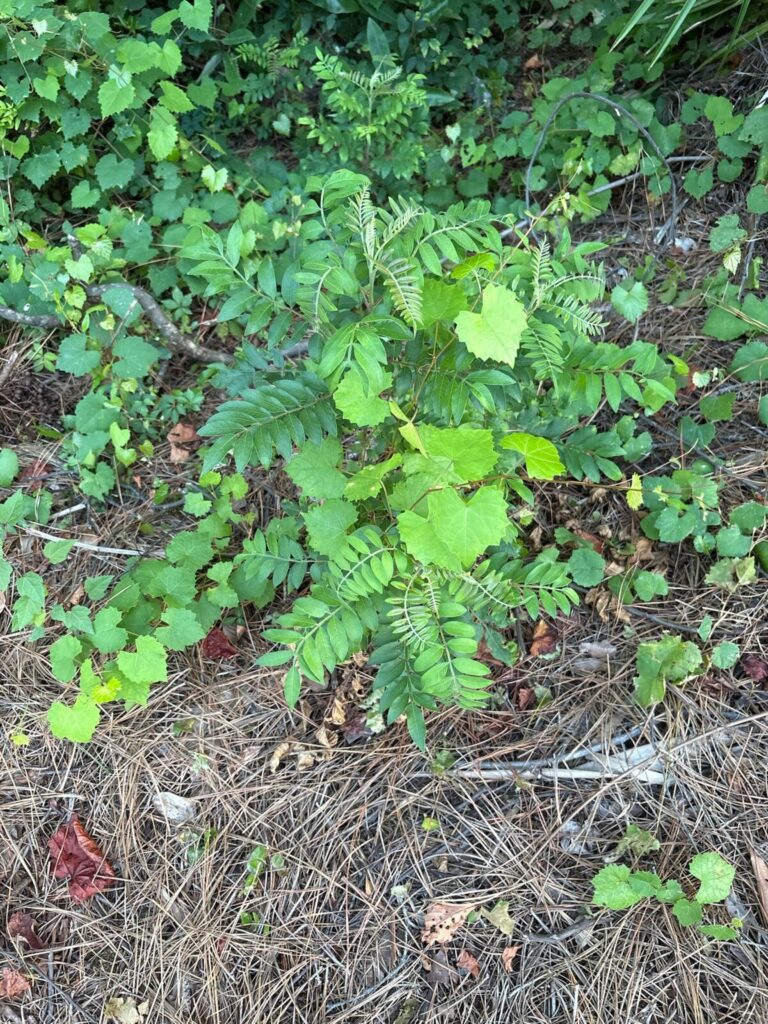
AND MORE??
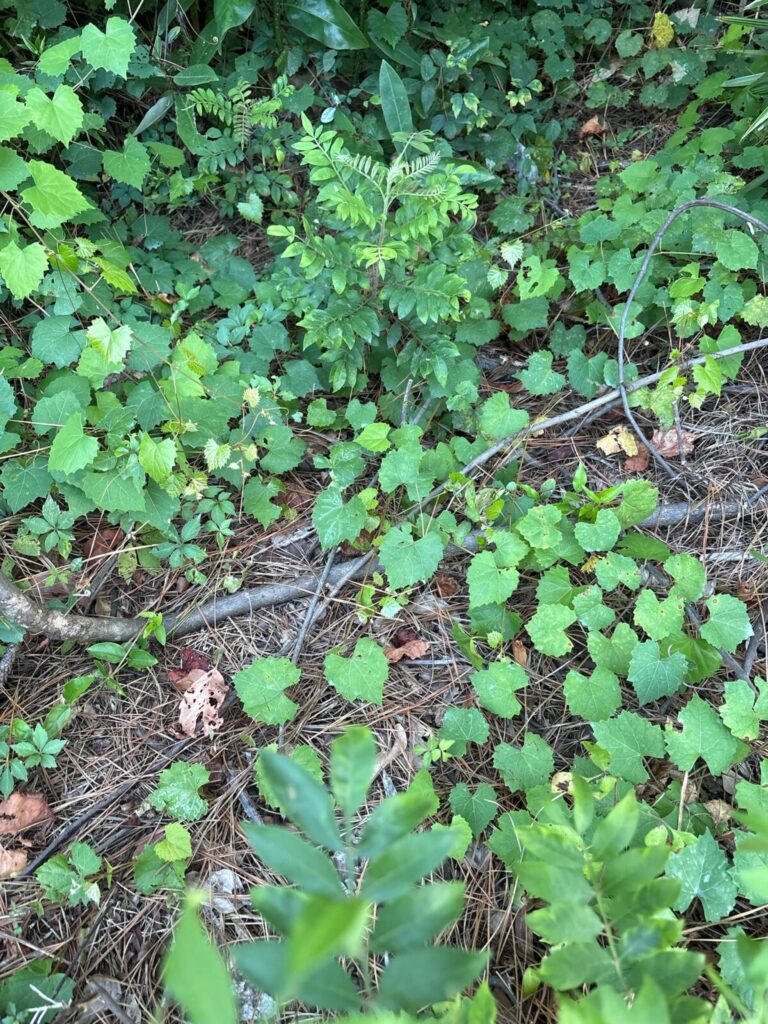
AND MORE?!!!?
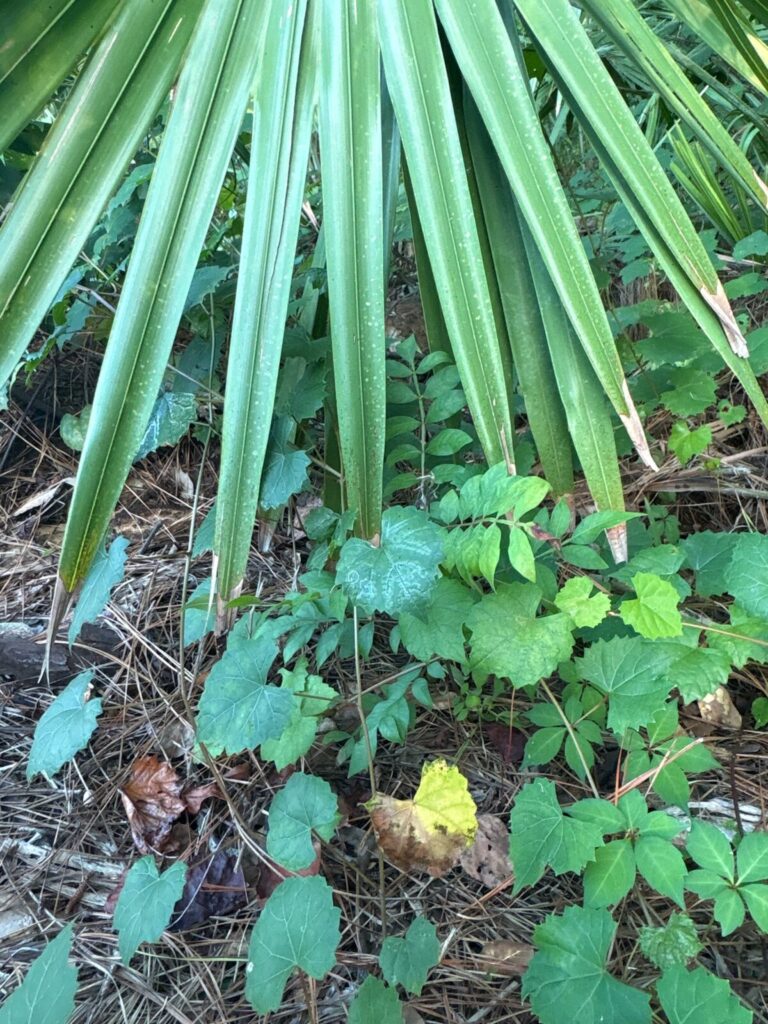
WHAT. IS. HAPPENING??
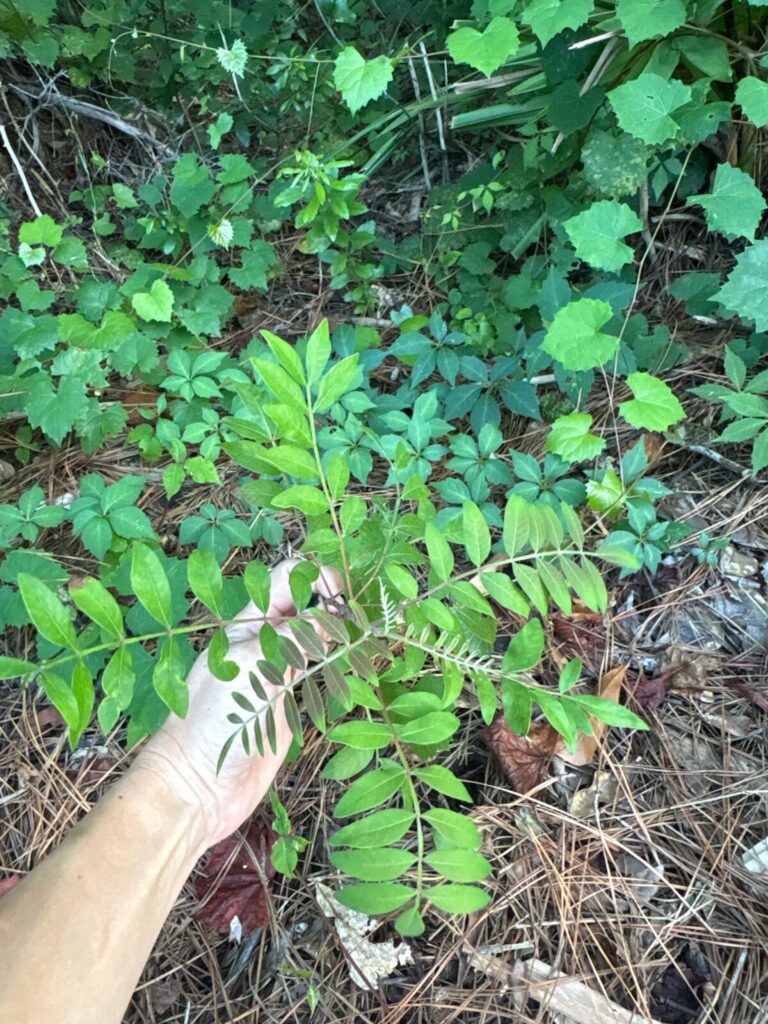
Okay, but why is your local agriculture agent so worried about these trees?
Tree-of-Heaven sounds, well, heavenly! While this tree does have a striking red color to the fruits/seeds that is just so tempting to enjoy, it is the host plant to Georgia’s newest invader: the Spotted Lantern Fly.
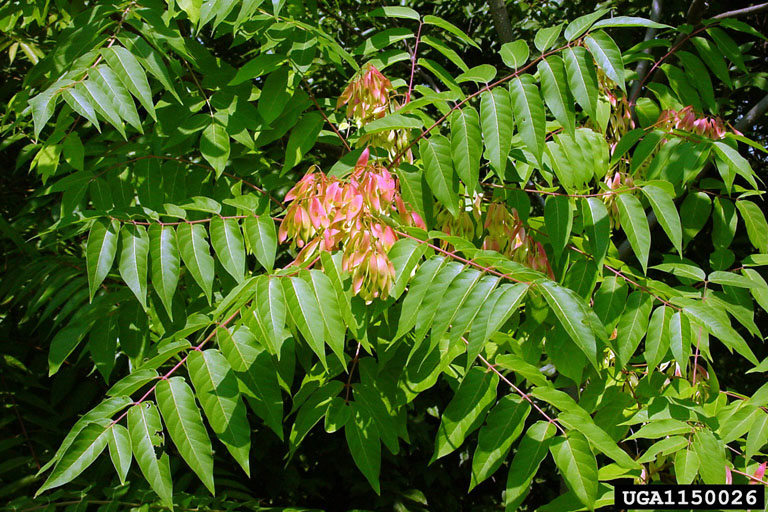
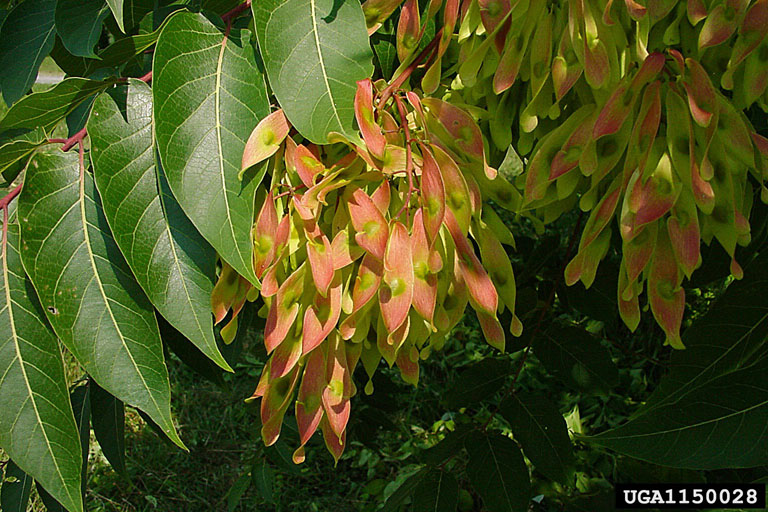

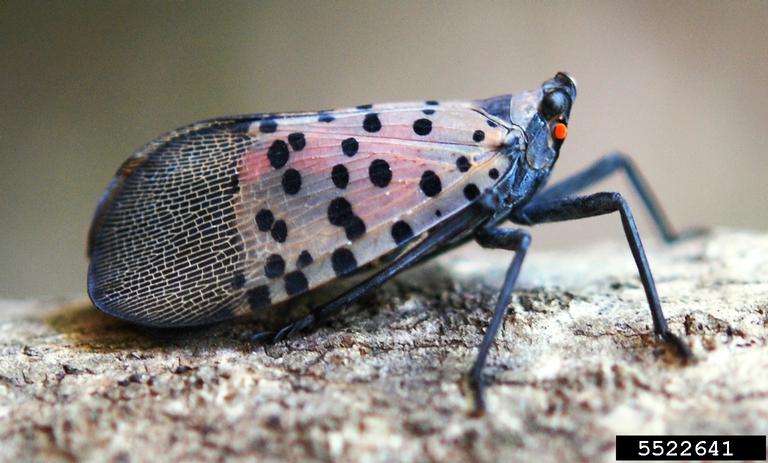
Not to be confused with: lady beetles, Bella moths, cicadas, brown marmorated stink bug, southern green stink bug, harlequin bug, predator stink bug… and more
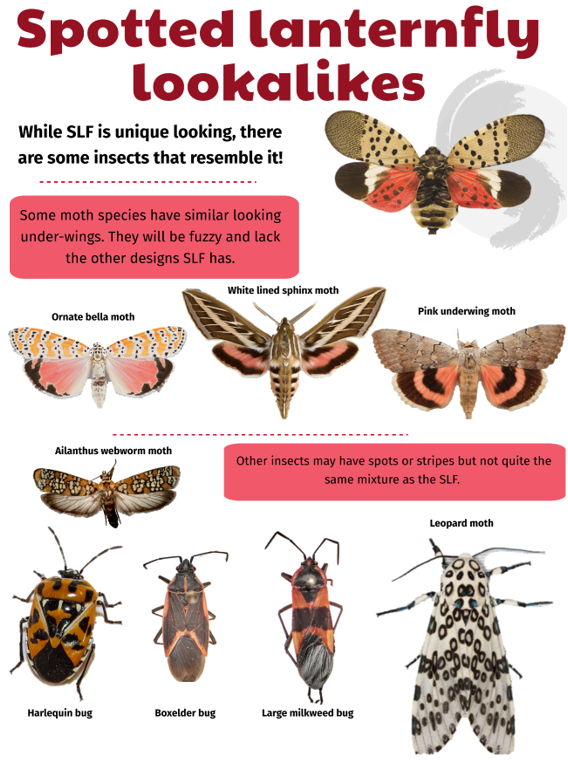
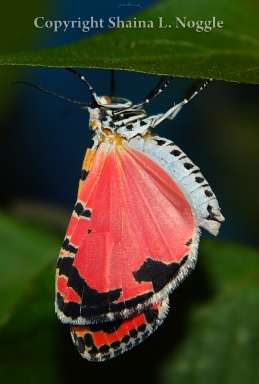
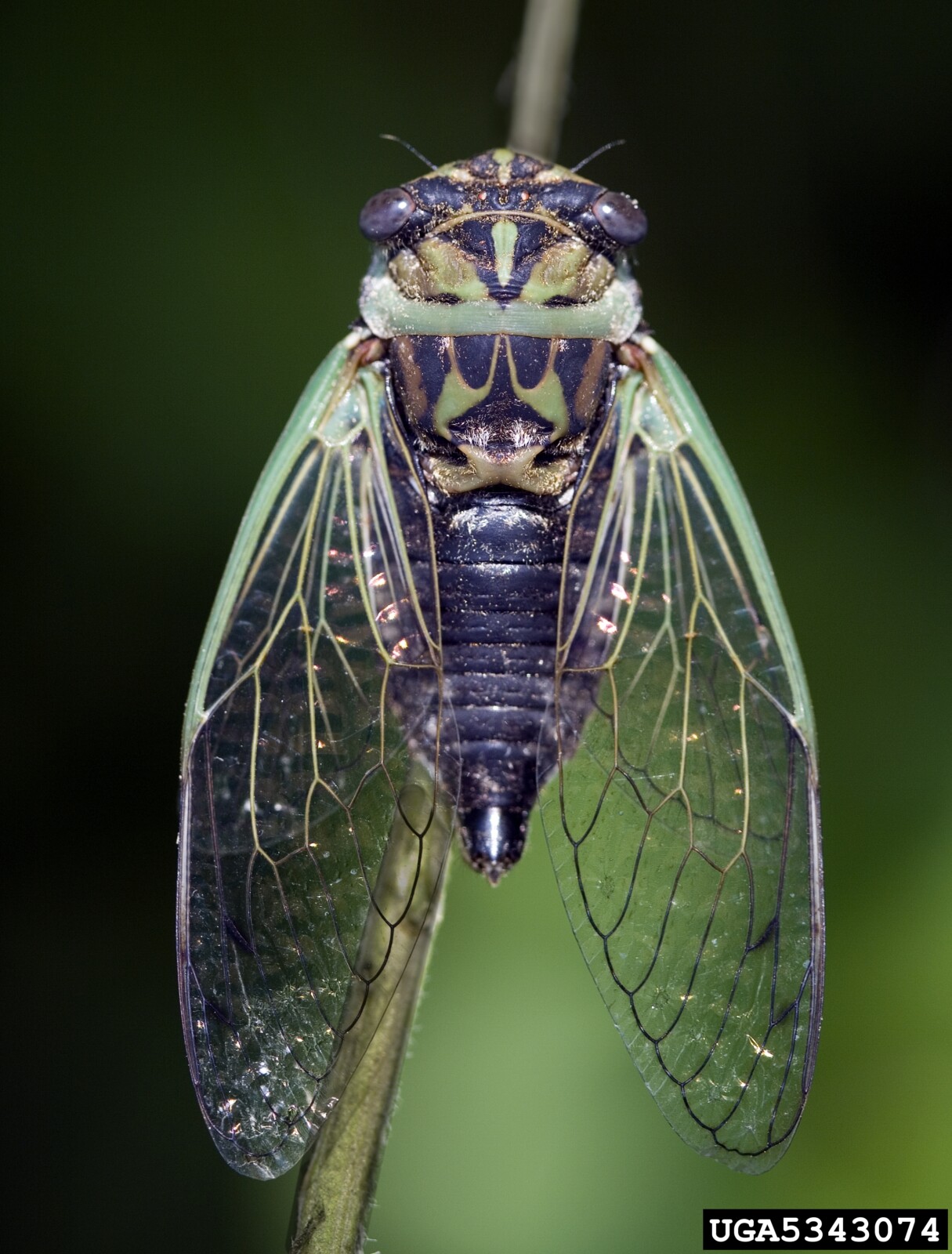
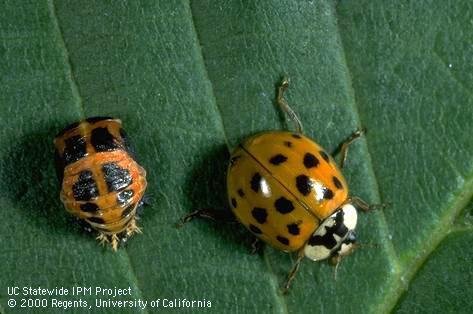
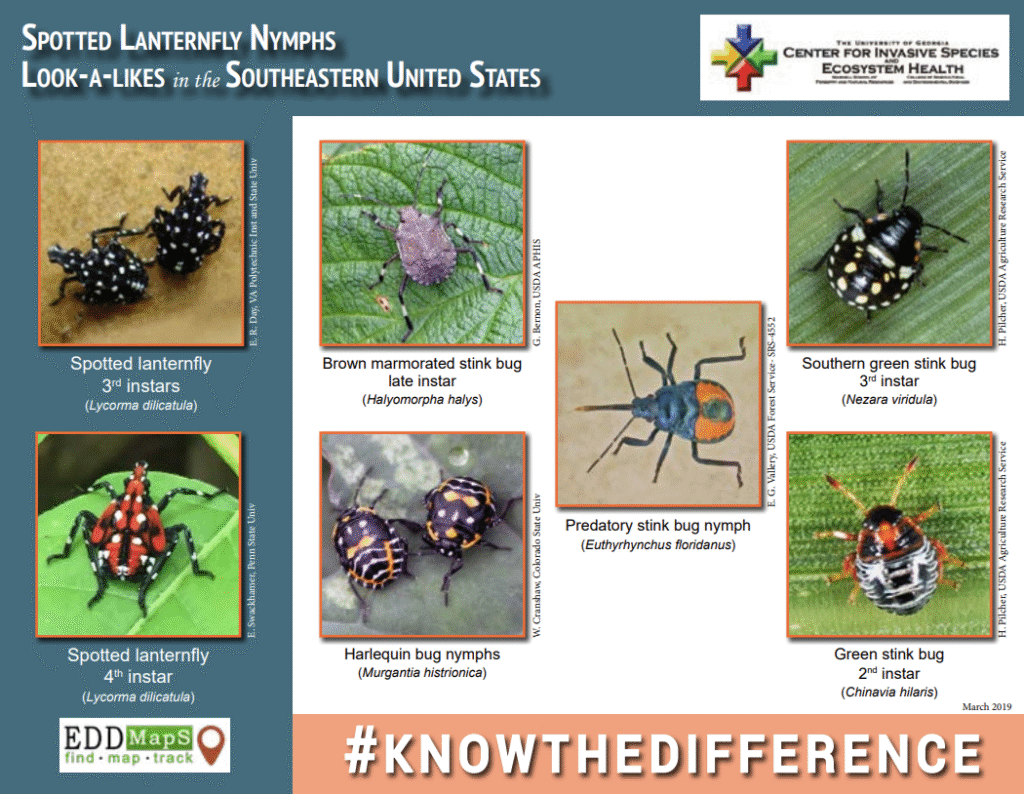
What is so bad about this pest?
Those of you from the north probably already know the answer to this. We have been battling this SLF (Spotted Lanternfly) in the Northeast for 11 years now. Earlier this year, it was spotted for the first time in Georgia.
This invasive insect feeds on the sap of many different woody species, including important crops like apples, peaches, plums, and grapes. Target, native trees include beech, birch, black gum, maples, oaks, and sycamore. Their feeding can weaken and kill infested plants.
This was collected from a county in the Metro Atlanta area and is pretty far from us on the coast. Because of this, I don’t expect you to see any SLF for a while. However, we can prepare early by removing the invasive species, Tree-of-Heaven. since it serves as the favorite “host plant” for SLF, that means they rely on this tree for part of their lifecycle.
SLF can be moved from populated areas to new ones (potentially ours) many ways, but most often it would be transported eggs. This can be on firewood, ornamental plants, vehicles, agricultural products, and other materials. If you are traveling through an area with an infestation, be sure to check your car. DO NOT move firewood, use it where it is found.
If you believe that you have found egg masses, nymphs, or adults, report your sighting here at Georgia Invasive Species Task Force.
